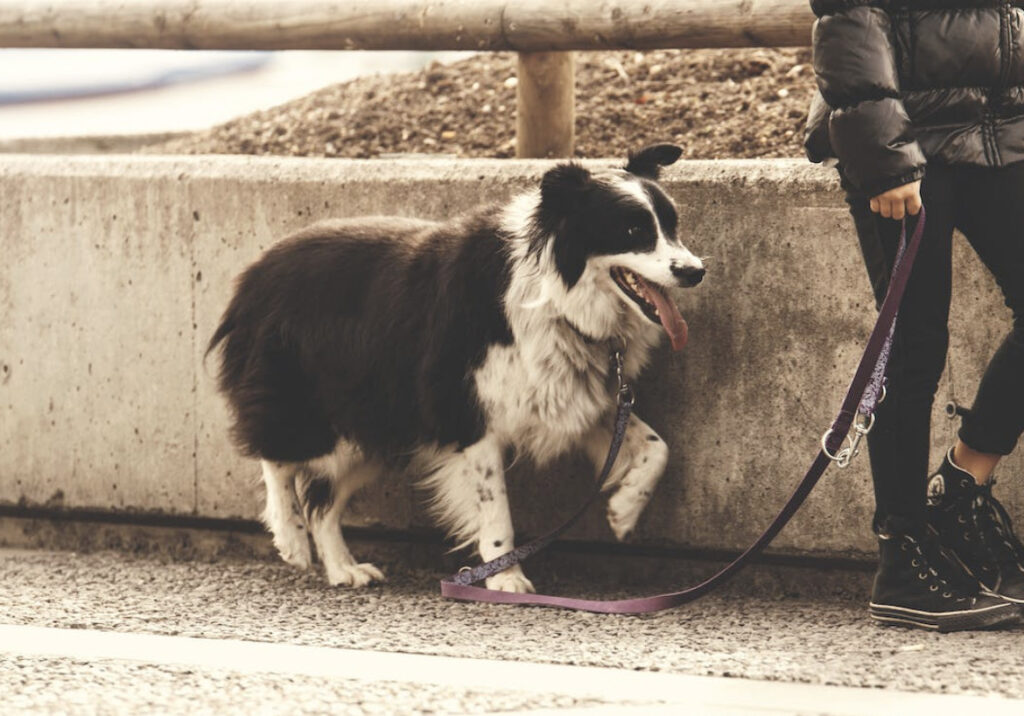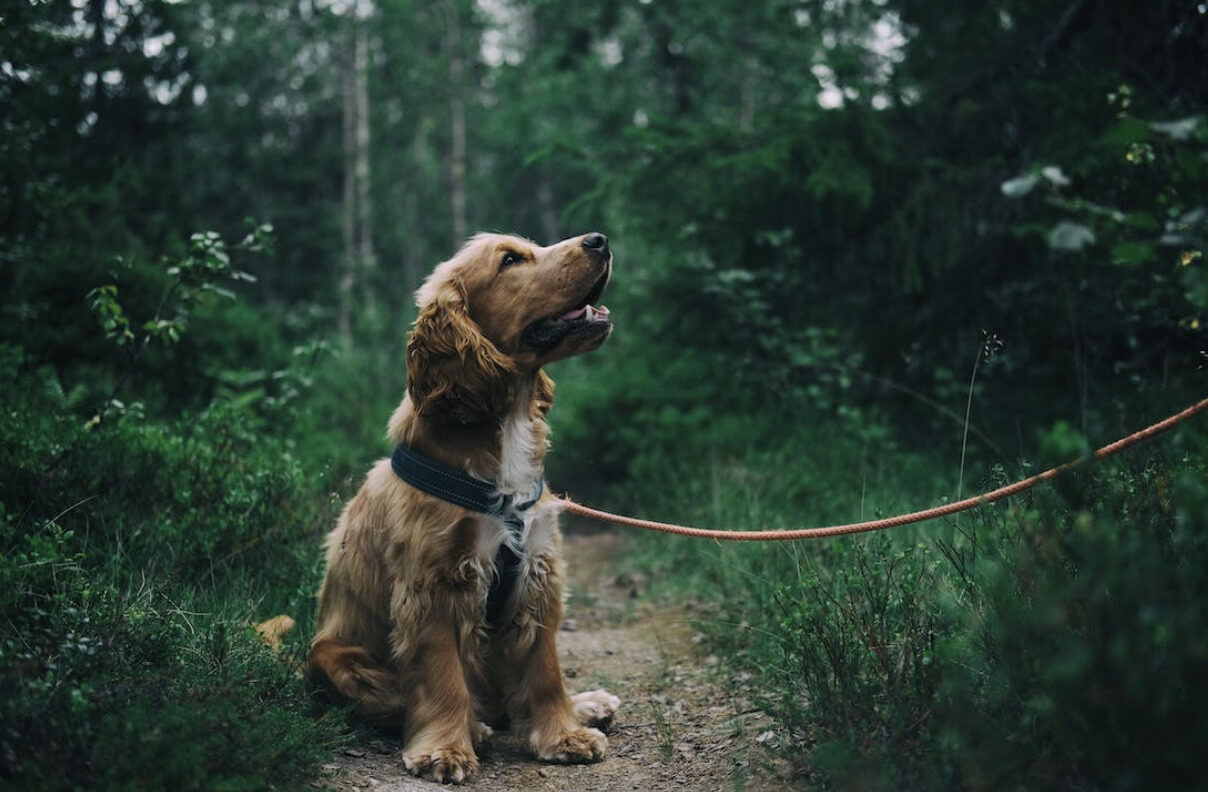Looking after a dog is almost like looking after a child, only it doesn’t grow to be independent. You’ll constantly have to keep an eye on your furry friend to ensure they’re getting the most out of life. This means feeding them regularly, grooming them, and giving them as much attention as they deserve.
Again, this all sounds fairly similar to being a parent!
However, there’s one element of dog ownership that’s significantly different. Dogs are animals; they originated from wolves who lived out in the wild. As such, they still share some tendencies – like the need to be outside and run around. Of course, some dogs have been bred to no longer feel the urge to run around a lot, but exercising your dog is still a key element of looking after it.
With that in mind, how active does your dog need to be? Well, let’s find out!
Factors affecting a dog’s exercise needs
To start, you have to consider what affects your dog’s exercise requirements. Some dogs need a lot more exercise than others, so they have to be active for many hours throughout the day. Likewise, you have other dogs that are content to sit around the house and sleep. Part of this could come down to the dog’s personality, but it is mainly based on the following factors:
- Age
- Health
- Breed
How your dog’s age impacts its need to be active
Puppies and younger dogs are going to have higher energy levels than older dogs. So, if you took two dogs of the same breed and health – but one is a puppy and one is more senior – the puppy would need to be more active.
It’s not too different from humans if you think about it! When we’re younger, we have bags of energy and need to run around all day to burn it all off. If you have kids of your own, you’ll know they absolutely love to be active – and it’s unwise to keep them cooped up inside all day. Similarly, when children become older teens or enter their 20s and 30s, their energy levels drop considerably. It’s the same for dogs – young ones are full of energy and need to be exercised more frequently than older ones.
How your dog’s health impacts its need to be active
This factor is one that a lot of dog owners tend to forget about. You could have a dog that’s from a very active breed and is in the prime of its life. All the signs point to you needing to exercise it multiple times per day.
Unfortunately, your dog also has a health condition. This can be an internal problem with its breathing, or it may be a joint issue. Certain dogs are predisposed to suffer from conditions like hip dysplasia. Forcing a dog like this to be extremely active could aggravate the medical issue and make their life considerably worse. In this case, it is best to speak to your vet about the ideal amount of physical activity your dog needs per day. Obviously, they still need exercise to avoid putting on weight, but you can’t push them too hard because of their medical problems.
How your dog’s breed impacts its need to be active
It may shock you to see just how many dog breeds there are in this world. Even the most avid dog lovers won’t be able to name every single breed out there. If you’re hoping I’m about to do this for you…well…you’re about to be disappointed!
There’s no way I could list them all for you as there are simply too many to count. But, what we can do is group different breeds together in categories. This is commonly done when looking at certain breeds and their characteristics/why they were bred in the first place. Below, you’ll see a list of all the dog groups out there, including some rough estimates on exercise requirements:
- Herding: 60-120 minutes per day
- Sporting: 60-120 minutes per day
- Working: 60-120 minutes per day
- Scent Hounds: 60-90 minutes per day
- Terriers: 60-90 minutes per day
- Toy/Small: 30-60 minutes per day
- Giant: 30-45 minutes per day
- Sight Hounds: 30-45 minutes per day
- Brachy: 20-30 minutes per day
Herding dogs are dogs that were pretty much bred to herd livestock around. Common breeds include Border Collies, German Shepherds, and Welsh Corgis. So, it’s no surprise that dogs like these have the highest exercise requirements.
Sporting dogs are ones that are bred to help when hunting for game. Again, they were bred for a very active and athletic purpose, so they need to be extremely active every day. Some common breeds include Retrievers, Cocker Spaniels, and German Shorthaired Pointers.
Working dogs are the final group of dogs with the highest activity threshold. This includes Huskies, Newfoundlands, and any other dogs originally bred to help humans in some way – such as by pulling sleds or guarding homes.
As the name suggests, scent hounds are breeds of dogs that would typically be used to sniff out scents while hunting. This includes Bloodhounds, Basset Hounds, Beagles, etc.
Terriers are relatively small dogs, but they were bred to chase out small animals in holes. This is why they’re also usually one of the snappiest and most lively of dogs. Despite their small stature, they need lots of exercise as they are full of pent-up energy. Any type of terrier dog falls under this category, as well as breeds like the Jack Russell or American Staffie.
Toy/small dogs are specifically designed to look like mini versions of bigger dogs. They’re supposed to be lap dogs and don’t need lots of exercise. Common breeds in this category are Pomeranians, Shih Tzus, and Chihuahuas.
Giant dogs, like Great Danes and Saint Bernards, don’t actually need lots of regular physical activity. This is because they tend to have joint problems, so it’s best to keep them less active than other breeds.
Unlike scent hounds, sight hounds don’t need much exercise. They’re very fast and athletic, yet naturally designed for short bursts of activity. Some breeds in this group would be Greyhounds, Whippets, and Irish Wolfhounds.
Lastly, you have brachycephalic dogs. These are ones with short noses and flat faces. Typically, these are small and quite chubby dogs with low exercise requirements. The poster child of this breed is the Pug, but you could also through in Bulldogs and Boxers.
If you’d like more details on all of these breeds and the exercise requirements, there’s a great article here that really dives into each one.

How to ensure your dog is as active as it needs to be
Well, you begin by taking the above factors into account. Look at your dog’s breed and see which group it fits into. This will give you a good idea of how much exercise it should need.
Then, you have to take their age and health into account. Is your dog a puppy or older? Does it have underlying medical conditions? Typically, younger and healthier dogs will need daily exercise towards the higher end of the scale for their breeds.
So, you know how much exercise your dog needs, but how can you ensure they actually get these required minutes in? Here are three suggestions:
Take your dog on walks
Schedule daily walks for your dog to get them outside running around, using up energy. Obviously, depending on your dog, you may need multiple walks per day. If you’re unable to commit to this, think about hiring a dog walker or getting a friend/family member to help you out. Generally, if you aren’t able to keep your dog active because of work or other things, you shouldn’t choose a dog that has high activity requirements.
Install a dog door in your home
Next, get a dog door installed in your home. It needs to be a good enough size for your dog to comfortably fit through, giving them access to your garden whenever they need it. You can find dog doors for walls or ones to fit in your door. Pick whichever one makes sense for you. The purpose of a dog door is that it lets your dog be more active by itself. If you have a dog that needs around an hour of activity per day – and you can only give them a 30-minute walk – a dog door lets them run around the garden in their own time, expending energy. So, this brings them closer to their target for the day.
Play with your dog
Likewise, you can increase a dog’s activity levels by playing with them around the home. Even games that involve them running around the living room fetching toys or playing tug of war will contribute to their physical activity for the day. Again, it’s a great addition to walks if you’re unable to actually go out and walk them multiple times a day.
Hopefully, this guide has explained to you how active your dog needs to be. It’s all about their breed, age, and health. Once you’ve taken these three factors into account, keep your dog active by taking it on walks, giving it free time in the garden, and playing with it inside.

